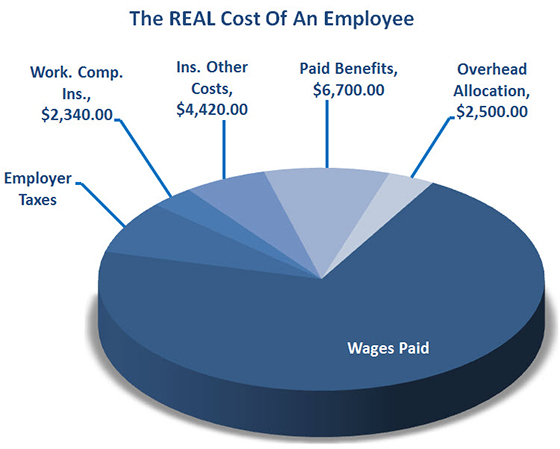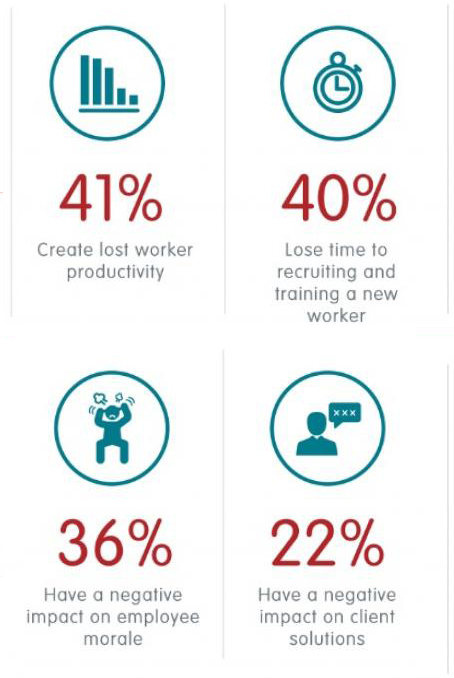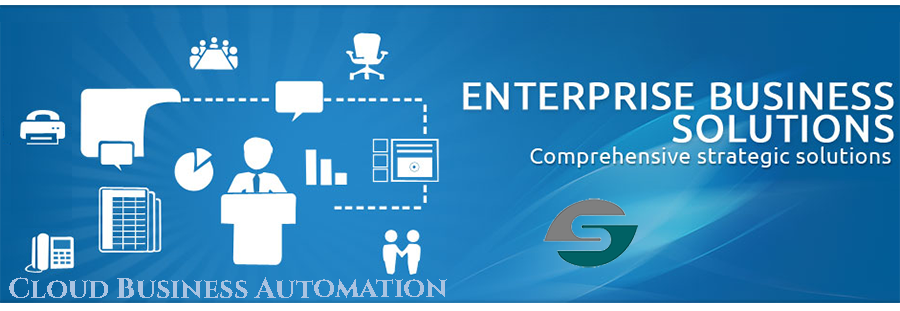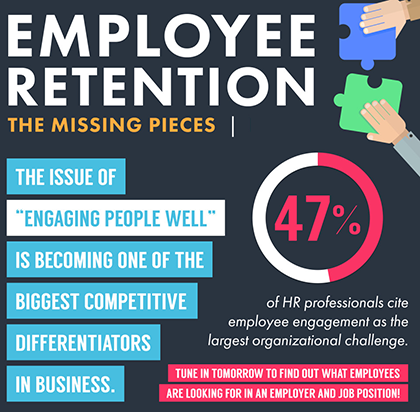 EMPLOYER || CANDIDATE
EMPLOYER || CANDIDATE
Virtual Staff Benefits
Employer

Employee Cost Per Hour
Are you aware that an extra hour of meeting with 10 people could easily cost a company more than $1,000 in real cost?
Costs matter. Spending matters.
That extra hour at the end of the day, the 40-hour project, the two-hour meeting with 12 people that accomplishes what could have been accomplished by three in half an hour—it's good to know what that really costs.
I want to share a simple formula that can help you track real costs and keep them in balance with benefits. It's simple math, but it's not often applied.
The Importance of Knowing How Much Your Employees Cost
Please don't jump to the quick, but faulty, conclusion that knowing real costs is a shortcut for cutting all costs, regardless of benefits.
Quantifying what employees cost per hour doesn't mean eliminating lunch, coffee breaks, training, team building or human interactions. (You're not working towards having an office of workers with noses pushed steadily down to the grindstone.) But it does mean making good decisions about projects, meetings, productivity and how people spend their time.
Real productivity has a lot more to do with motivation, delegation, empowerment and encouragement than it does with just driving everybody constantly forward.
I learned from one of the best, a very successful manager for a major tech company during its growth years, whose first name was Hector. Hector knew the implied hourly rate—using the formula I'm going to explain below—for every one of his 15 team members.
And knowing those costs did not turn him into a cost-obsessed manager. It didn't prevent him from doing group trainings—sometimes even off-site team meetings of two or three days—even though the math of hourly costs of employees would add up to tens of thousands of dollars. And his group grew their sales from $2 million to more than $40 million in five years.

Calculating Real Costs
In order to calculate how much your employees cost you, you're going to first want to find the gross hourly rate.
Let's take the $100,000 annual gross as an example. That's for about 48 weeks of work if you subtract four weeks from the 52 weeks in a year for holidays and vacations.
Divide $100,000 by 48 and you get $2,083 per week. Divide $2,083 by 40 hours per week and you get about $52 per hour. That's the gross, before taxes, overhead, workspace, utilities, health insurance and all the rest (which comes below).
For a quick second example, the employee getting $7,000 per month earns about $318 per day for an average of 22 workdays per month, which is about $40 per hour for eight hours. That too is before all those other costs that I discuss below.
So that's step one: get to a gross hourly cost. It's really easy, in theory, with the hourly worker, and isn't that hard for the annual or monthly salaries either.
However, before we leave this first step, take a minute to consider the concept of 40 hours.
Is that what people work in your organization? Or is it a lot more because of constant availability via email or other online work activities? Or is it less because of time spent in the office on personal social media and email, browsing the web and so on?
It helps to think how these questions affect your business and your gross hourly calculation.
Taking Your Calculations a Step Further
This second step is where you add value to management thinking. The temptation is to just think of any people costs as the gross hourly rate. It turns out that the gross hourly is likely much less than the real cost of an employee.
Some of the additional difference is obvious. To the gross hourly, you may consider payroll taxes, health care, vacation pay and additional benefits such as life insurance, possibly day care, family leave and so on.
Some of the additional costs are not that obvious. The employee sitting at a desk costs the organization the rent of square footage in space, plus the furniture, office equipment, Internet bandwidth, phone lines, electricity, organizational costs of payroll and keeping data... That adds up. Consider all these additional costs when thinking about how much employees can truly cost per hour.
Unless, of course, you have remote workers, or special circumstances. This is a good point to consider the advantage of people working remotely, who don't take up the same space and probably don't involve the same ratio of overhead to salary.


























